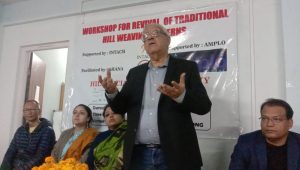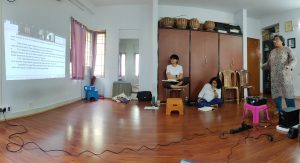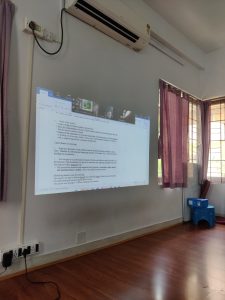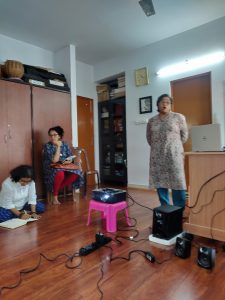Sustainability FAQ's
The proprietary AmpFPM (Function/Phase Matrix) empowers an organization to become more self-aware in ways never before possible. By evaluating its downstream process maturity, AmpFPM allows an organization to progress towards Industry 4.0-like efficiency. The tool provides a visual presentation of all areas of concern that will need to be addressed through a process heat map that is generated in the beginning, at the most granular level.
Amplo helps distinctly define and set various operational, strategic, and growth KPIs by focusing on low scoring areas from the first two modules. It allows tracking all guiding metrics in one place to enable an outcome-based approach through custom client dashboards, allowing an organization to tag desired business outcomes with necessary capabilities and potential risks to project the probability of success regarding a particular problem or initiative.
Artificial Intelligence has the potential to lower energy waste, cut energy costs, and accelerate the use of clean and renewable energy sources in power grids.
AI can improve the reliability of existing power grids by turning them into smart grids through the use of information to make predictions and decisions. Machine Learning and Neural Networks can play an important role in improving forecasts in the energy industry.
Meanwhile, consumers can contribute to a stable & green electricity grid through smart home and smart meter solutions. In a smart networked home, the connected devices react to prices on the electricity market and adapt to household usage patterns in order to save electricity and reduce costs.
Rising energy demand has led to a dire need for efficiency in energy generation. However, it’s especially difficult due to the prevalence of informal connections to the power grid.
The industry has to cope with changing supply & demand patterns, which is hard to do without advanced data analytics. Additionally, with depleting non-renewable energy sources, the sector has to address the lack of energy access while diversifying & decentralizing energy production.
Smart grids are embedded with an information layer that allows communication between its various components so they can respond more actively to changes in energy demand or urgent situations.
Created through the widespread installation of smart meters and sensors, this information layer allows for data collection, storage, and analysis. Smart grid elements have helped improve the reliability, security, and efficiency of electricity transmission and distribution networks. Data analysis can also be used for predictive maintenance, power quality monitoring, fault detection, and renewable energy forecasting.
Amplo aims to strategize progressive organizations in order to transform sustainability parameters for future generations by providing a complete framework to shape and report goals, strategies, and activities to implement best practices for reducing GHG emissions and building climate resilience.
Amplo enables the use of a common language and shared purpose to help connect the organization’s business strategies. The tool delivers Return on Sustainable Strategy & effectiveness using AI, ML, and design-led solutions. It helps enhance the value of corporate sustainability by maximizing 4.0 principles, including connectivity and continuous improvement to set energy efficiency improvement goals.
Carbon abatement can be defined as the reduction of the amount of carbon dioxide that is produced when coal and oil are burned. Carbon abatement technologies (CATs) enable fossil fuels to be used with substantially reduced CO2 emissions.
An example of a carbon abatement strategy is a pledge toward achieving carbon and water neutrality (net zero). It can begin by allocating resources to reduce internal emissions of CO2 and GHGs. Some other efforts toward carbon abatement include tree plantation in premises, CSR activities, purchase of Renewable Energy Certificates (RECs), post-combustion, pre-combustion oxy-fuel combustion, industrial separation, and carbon capture and storage through geographical, ocean, mineral carbonation.
Advanced economies across the globe are harnessing the power of AI. In the US, when Hurricane Irma struck Southern Florida in 2017, it took ten days, as opposed to 18 days, to restore power and light. This was due to technologies such as AI that can predict energy availability and ensure it is delivered where it is most needed. AI systems can improve assessments of damages & optimization of decision making within the first 12 -24 hours after the disaster has subsided.
In India, AI is being used to predict the power generated by wind turbines based on meteorological data. Based on this data, energy distribution and storage requirements could be calculated. Currently, 25% of the country’s wind turbines use this technology, but the use is expected to increase.
Sustainability efforts have the potential to both decrease costs and increase revenue. Businesses can save costs by identifying inefficiencies in their product design or supply chain. Even minor changes in design or operations can lead to massive cost reductions through reduced raw material use or decreased energy consumption.
Companies with a focus on eco-innovation are growing at an annual rate of 15%”. At the same time, Challenge Advisory found that 37% of businesses report a profit from sustainability. Companies that actively plan with climate change in mind secure an 18% higher return on investment than companies that don’t.

































































